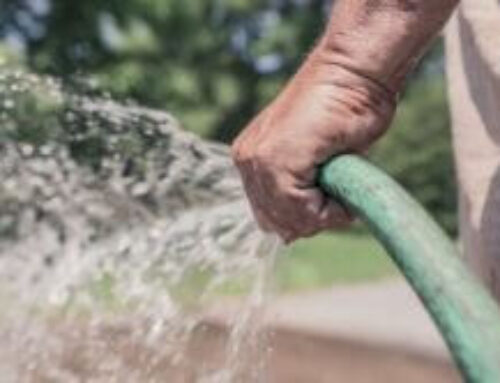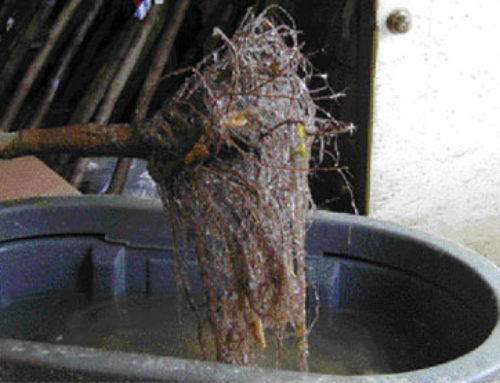Root-Drench Antitranspirant for Containerized Plants
Root-Drench is the most effective product ever developed to protect container plants and turf grass from transplant shock, shipping and extreme weather. However to achieve the best results for your particular plants it is necessary to establish the best dilution rate for application. Type of plant, condition of the plant, soil moisture and soil porosity can impact the dilution rate of Root-Drench. Fortunately one or more small simple trials can verify that you are getting the most benefit from Root-Drench.
DILUTION RATE (For initial trial)
Bedding plants & vegetables: 2oz Root-Drench mixed into 1 gallon of water.
Woody Ornamentals, Conifers, Roses and big leaf evergreens: 5oz Root-Drench into 1 gallon of water.
Turf Grass: (See Turf Grass Bulletin)
NOTE: For plants in delicate condition, (leafing out or flowering, early growth prior to a developed cuticle) cut dilution rates in half (1/2).
If plant appearance or weight difference is not noticeable within a week, redo the test, adding an additional ounce of Root-Drench to the dilution. If the results are still not satisfactory increase the dilution rate in increments of 1 oz per gallons until optimum rate is achieved.
Plants treated with Root-Drench may show some wilting a few hours after application. This is normal and temporary. If plants show continued signs of phytotoxicity or wilting reduce the dosage and try again.
For the most accurate results:
Use as many plants as possible of the same species, size and condition.
Soil or media should be fairly dry to slightly moist to accept saturation of the Root-Drench dilution (the best time to run the test is when plants are ready for their normal watering).
TEST:
Full drench ½ of the plants with water.
Full drench the other ½ of the plants with the Root-Drench/water mixture.
Containerized plants should be placed in a tray to absorb excess liquids for up to 24 hours. Then remove the tray. Do not re-water.
Monitor plant quality differences including weight change, height and appearance until results are determined, usually one to twenty days.
When favorable results are achieved and the dilution rate is satisfactory, testing should no longer be necessary, unless there is a change in the plant or media status.
The above protocol is recommended for accuracy and fairness in initial tests. It will be of primary benefit to ascertain the most effective and economical dilution rates, for an ongoing program of use.




